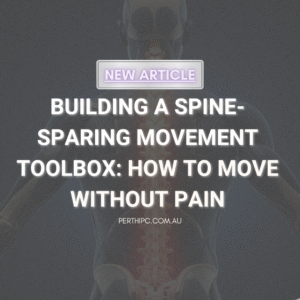
The Importance Of Spare Capacity – Why Your Spine Needs A Safety Margin
What if your back pain isn’t just from one bad movement — but from constantly living on the edge of your spine’s limits? This is


Headaches are one of the most common public health concerns world wide. Its prevalence is high but the exact figures are hard to determine. According to Headache Australia, it is estimated that almost 5 million Australians suffer from migraines. The total economic cost of migraines alone in Australia is $35.7 Billion (Migraine in Australia Whitepaper, Deloitte Access Economics Report, 2018).
There are believed to be more than 150 types of headaches (WebMD, Headache Basics).
Anything that stimulates the pain receptors in a person’s head or neck can cause a headache, such as hormonal changes, poor basiliar- arterial flow (arteries leading to the brain), jaw problems and arthritis.
The occupational therapists (OTs) at Enhanced OT will do a holistic assessment to determine what is causing your headaches and what the best treatment plan is to address this problem.
The most frequently used treatments for headaches include soft tissue release, posture improvements, exercise and ergonomic workstation advice. OTs can treat frequent or chronic headaches by releasing tight muscles in the neck and back, improve your systemic functioning and will work with you to improve your strength, posture and neck mobility to help treat your headaches.

What if your back pain isn’t just from one bad movement — but from constantly living on the edge of your spine’s limits? This is

One of the most overlooked causes of persistent low back pain is how we move during everyday tasks. Simple activities like bending, sitting, getting out of a car, or

If you’ve been told your back pain is “non-specific” or has “no clear cause,” you’re not alone. Up to 85% of people with low back